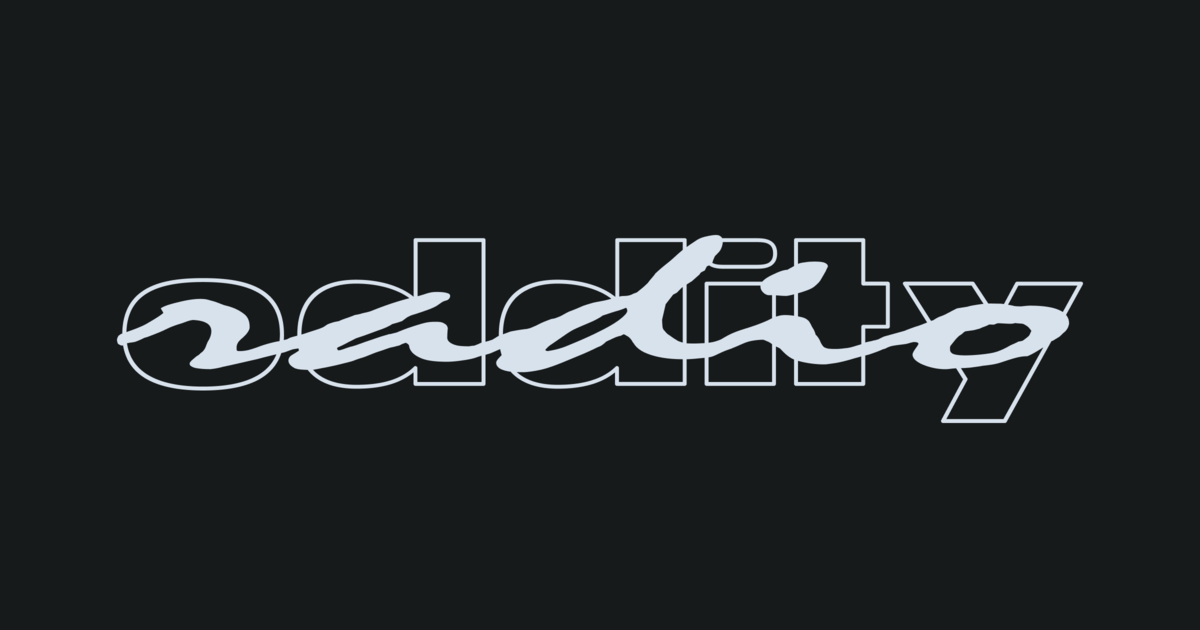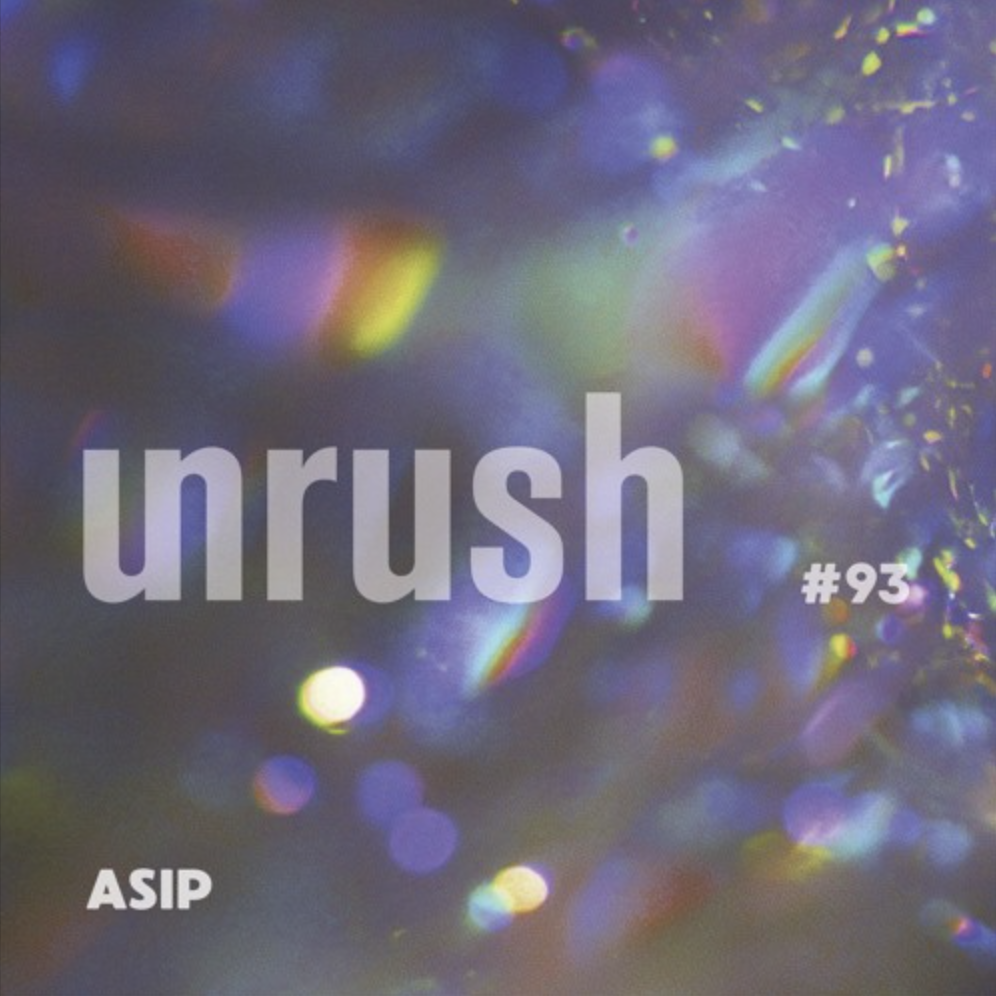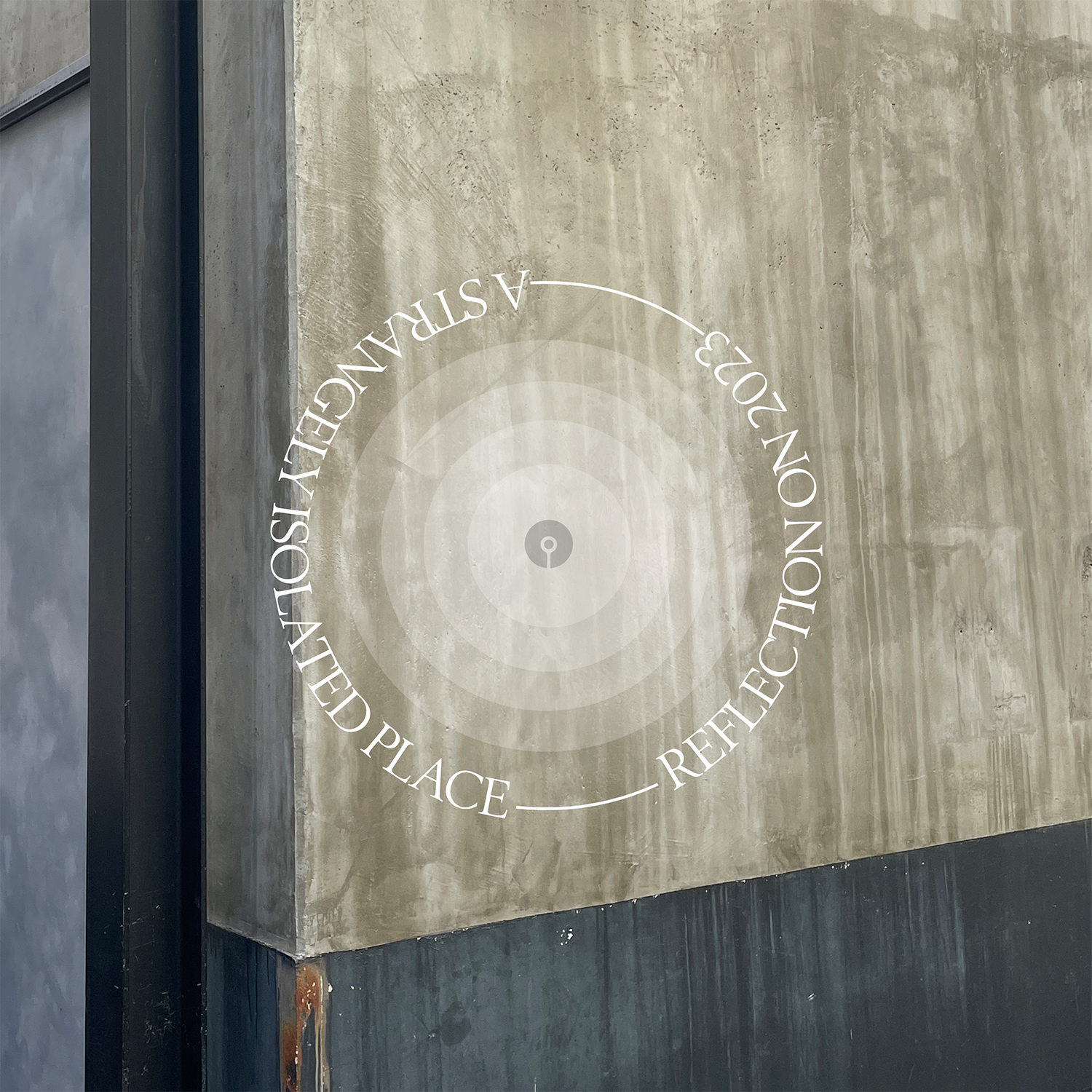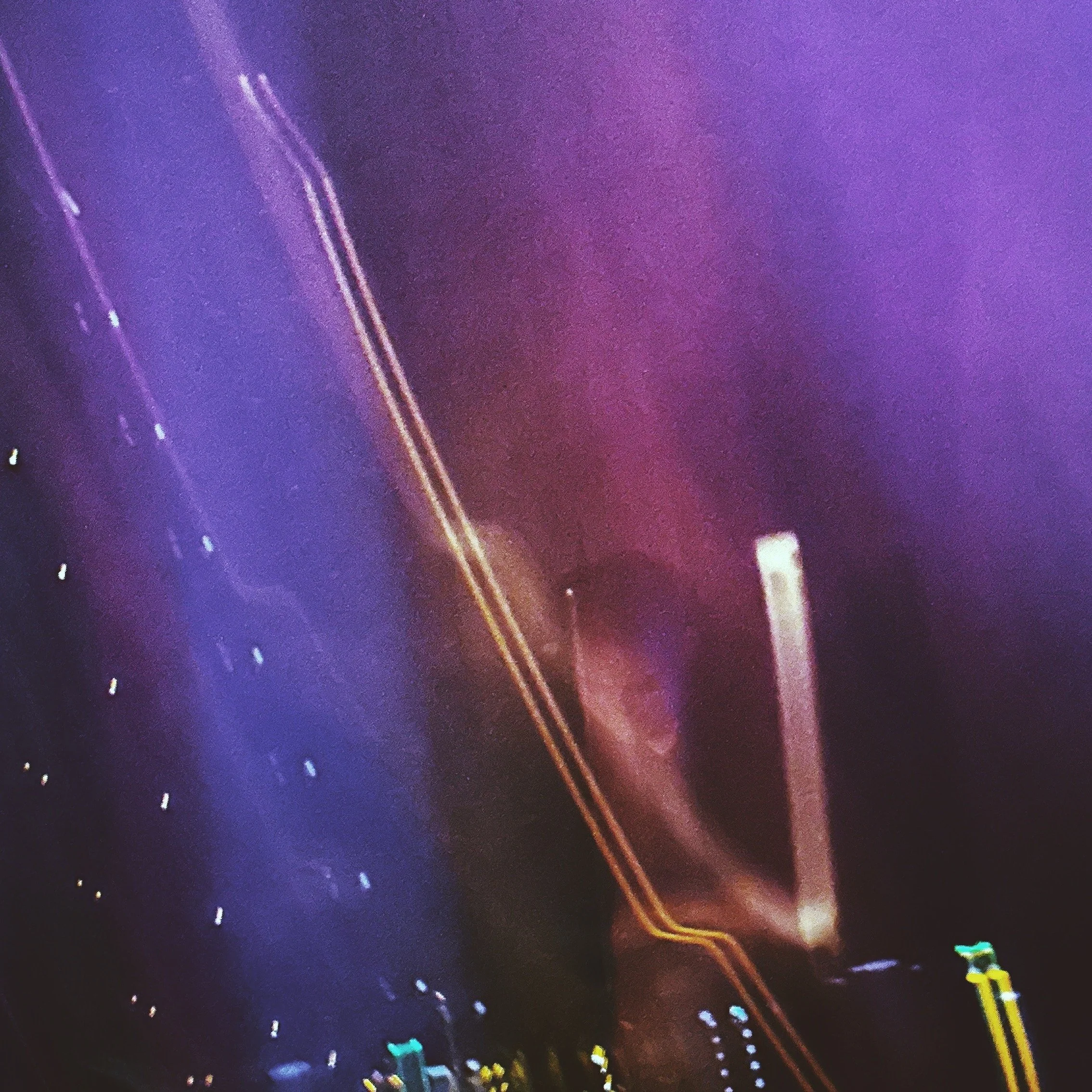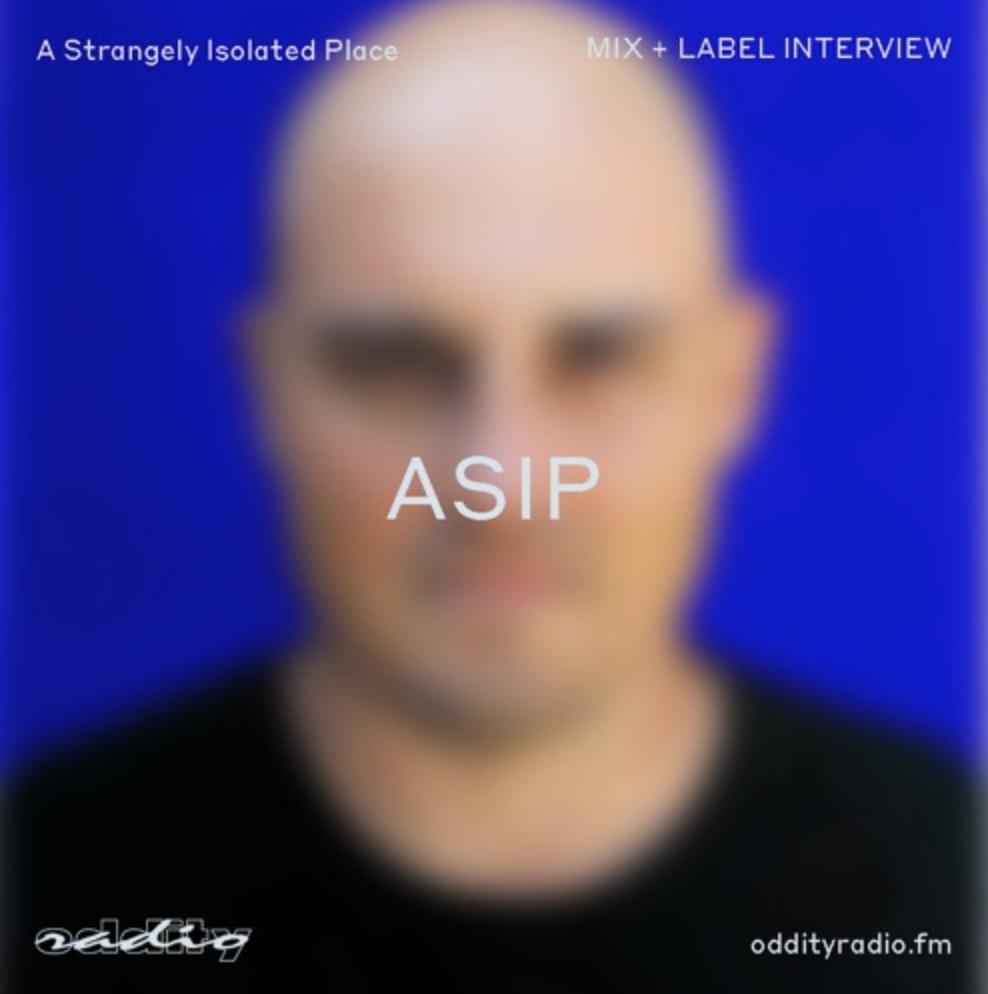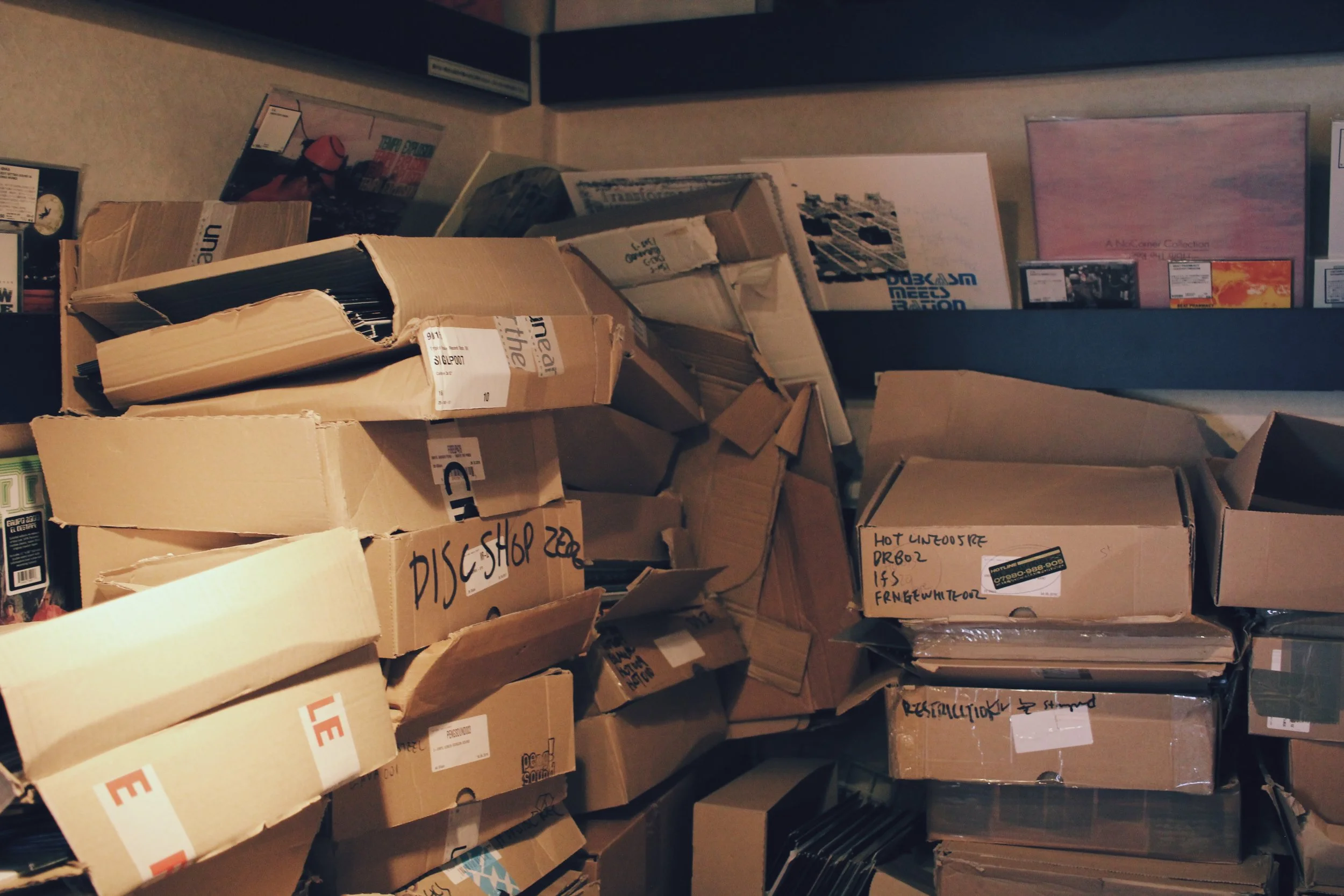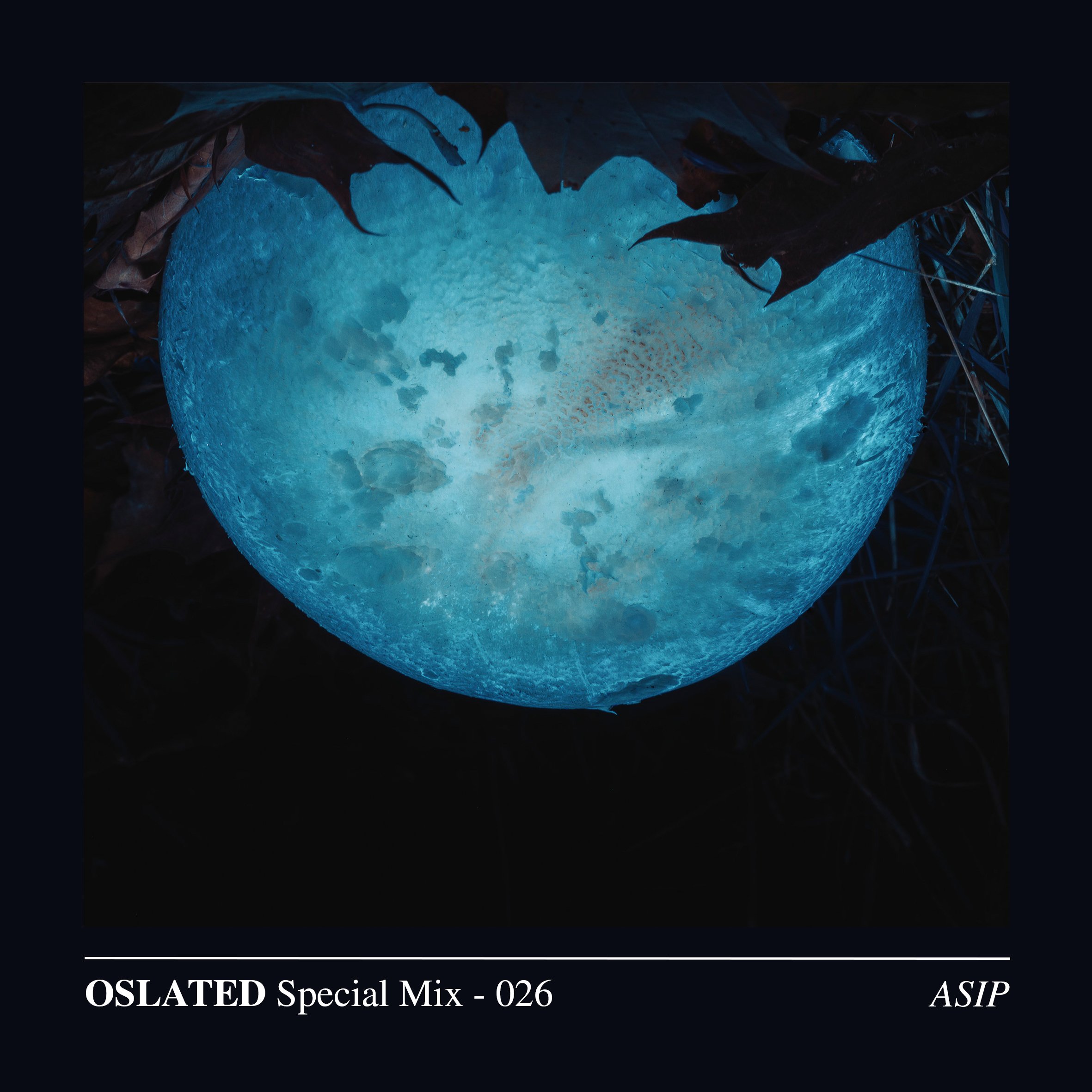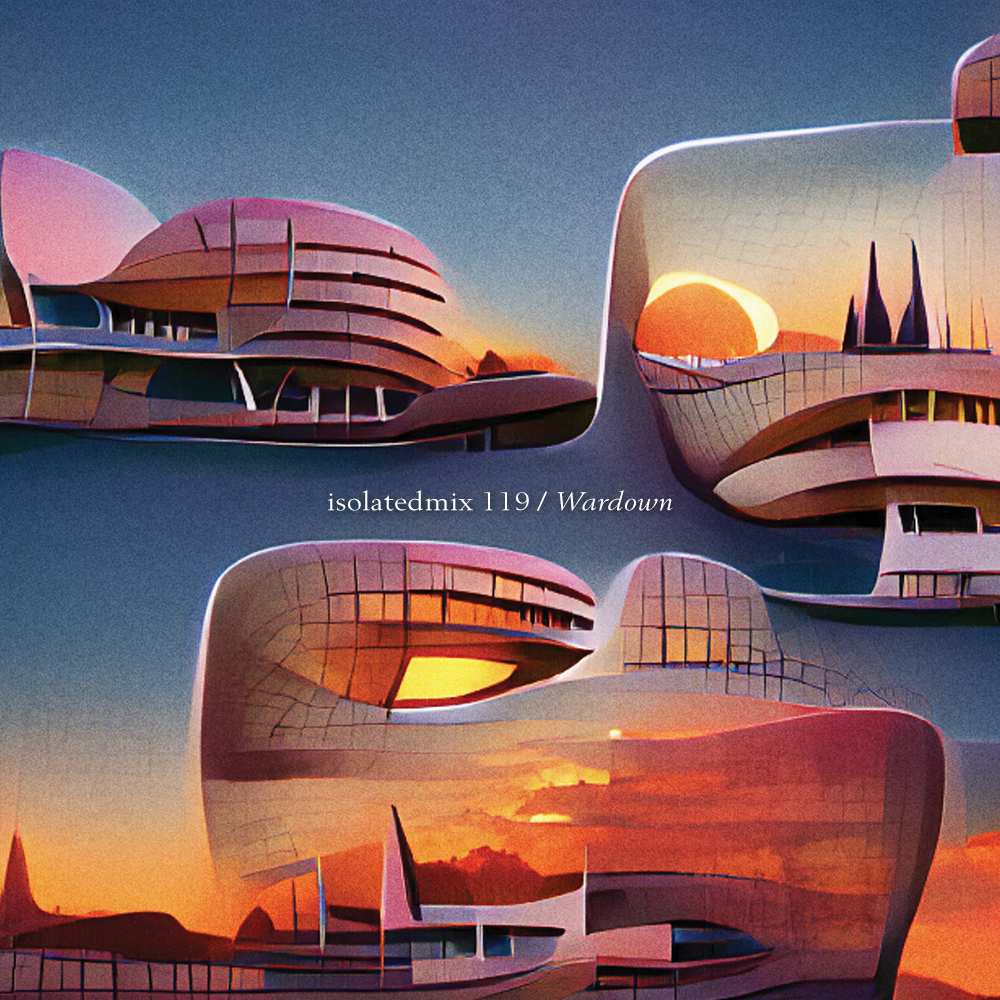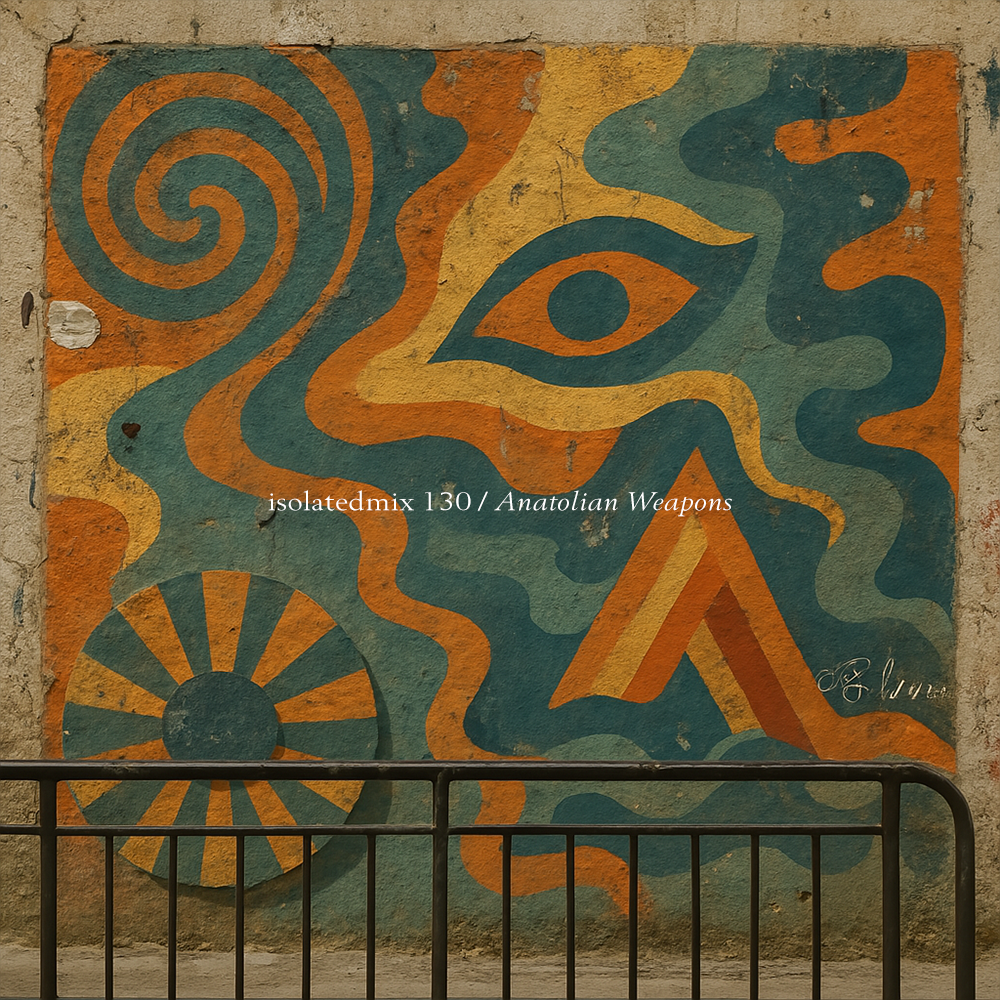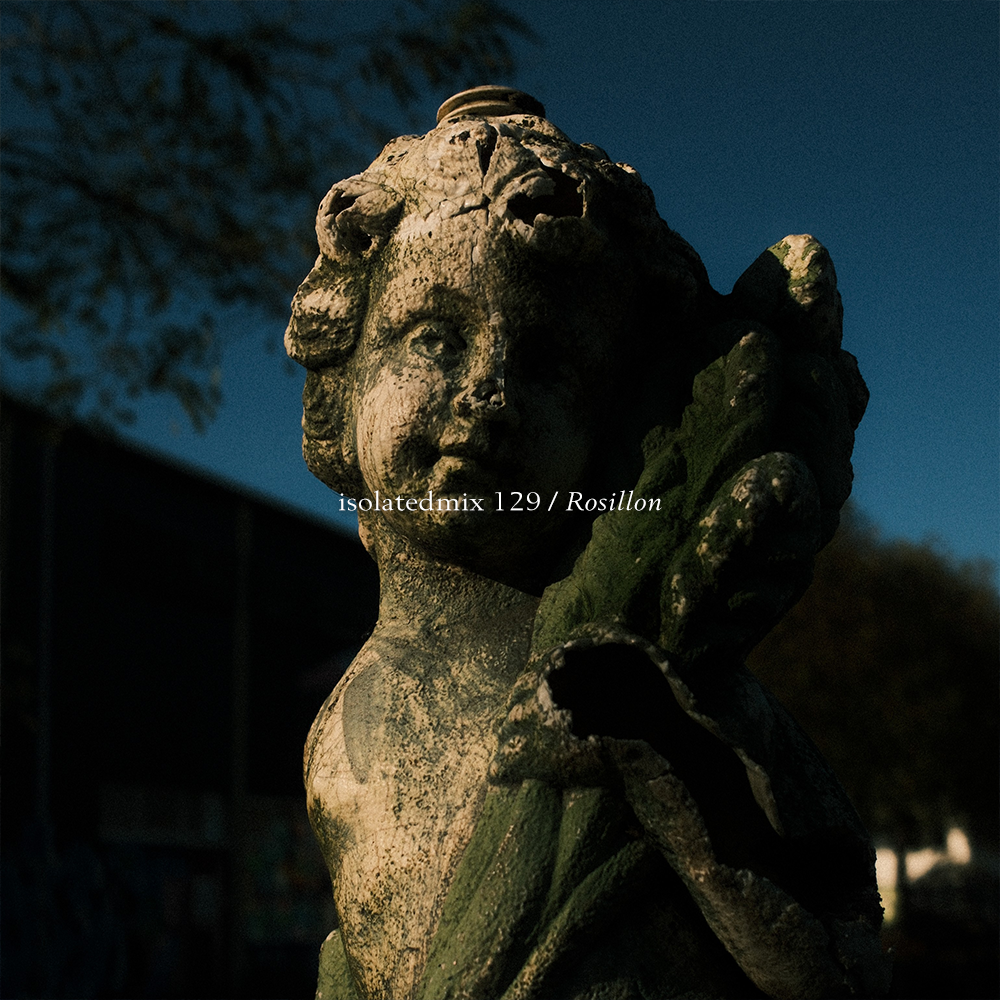The new album is a subtle shift in concept from the original and perhaps a continuation chronologically. The nostalgia is still there, but I’m getting a look at the future instead of back like the first album. Maybe the artwork is subliminally pointing me in that direction too. Is this Luton today or in the near future?!
With the first Wardown album I was trying to evoke those feelings of loss and yearning I felt for my home town and earlier life. And that got me thinking about nostalgia in a wider sense and why it’s so alluring, particularly as you get a bit older – but also why it’s so pervasive everywhere you look these days. TV, film, music, advertising, even politics draws on the past, utilises it, and sometimes even weaponises it. It’s an incredibly powerful thing, and for me it can create a strange kind of ‘uncanny valley’ feeling, as though today’s popular culture has become unmoored from history and its once-definitive eras and epochs. So much of what we consume today is full of anachronism, a kind of rehash of what’s come before. I found myself wondering: what happened to the future I imagined when I was a kid?
I think nostalgia is incredibly alluring right now because the future no longer looks bright. We live now with the looming threat of climate change and a catastrophic loss of biodiversity across the world, not to mention war, economic instability and the rise of populism and nationalism. It all feels just too much sometimes, and nostalgia is always there, showing us how better things were in the past – even if the safe, optimistic world it portrays didn’t actually exist in the first place. In that way, nostalgia is dangerous because it stops us looking forward and taking responsibility for the future, with all its challenges – something we all need to do.
Of course, all this is strongly culturally inflected, and when I say ‘we’, I’m coming from a white, Western and affluent perspective; the relationship between nostalgia and progress is likely to be very different for someone born in the global south. But as someone who came of age in Britain in the 90s, the future means a different thing today than it did when I was a child. Back then it felt like there was still a kind of general, unwavering optimism about the coming years, a faith in progress and a belief that society was on the path to an increasingly better place. The fall of the Berlin Wall, the end of communism in the USSR and other Eastern European countries, New Labour, the impending Millennium, which felt like the epitome of all things futuristic – all these things pointed to the fact the future was something to look forward to.
So at its simplest, Wardown II is a vision of the future from the past. I decided to give it quite a strong 1950s / 60s flavour, as to me it seems like that is when the idea of ‘the future’ was at it’s most potent. After the devastation of two world wars came the rise of modernism and its belief that, rather than just being an aesthetic, it could literally improve people’s lives through the creation of a new kind of architecture and design. There were the American and Russian plans to send people into space. Film and TV that painted the future as a shiny kind of utopia, with flying cars, and machines that allowed humans to forget the horrific memories of war and enjoy a life of comfort and leisure.
Samples are obviously a big part of your work (and your isolatedmix). It sounds like your first album was more personal, collected soundbites and samples. And this new album seems a little more abstract in its samples and direction. Can you describe your process for the sample-heavy tracks such as Instant Money? Do you build a track around a sample, go looking for something specific, or have a bank of samples ready to go?
I’ve always been a fan of collage. Art that brings lots of different, often disparate sources together to create something fresh. As a kid I used to cut up catalogues and booklets that came through the front door and make these mad, stuck together images with them. And at university, I was fascinated by the work of artists like Robert Rauschenberg. So when it came to making music, growing up through an era of sample-heavy jungle and hip-hop (‘Entroducing’ by DJ Shadow is one of the most important albums in my life), I adopted a similar technique.
However, with Wardown the approach is slightly different to when I’m working on other things. I initially try and establish quite a strong conceptual starting point before I’ve made any music. I do lots of reading, watch things, and generally think about the world I’m trying to create before anything is made. Obviously things change and develop through the process of actually creating the music, but by starting out like that, I try and attune myself to what I’m looking for, samples wise. It’s like I put little antennas up and then go about my usual life of reading, watching films and documentaries, and listening to music. But because my antennas are up and scanning for quite specific things I’m able to isolate sounds that can potentially work a lot better; sounds that would probably pass me by if I had just been taking it all in in a more general sense. And once I’ve had a strong idea for something I’ll then dive a little deeper, in terms of second-hand records, tapes, online archives and the like.
